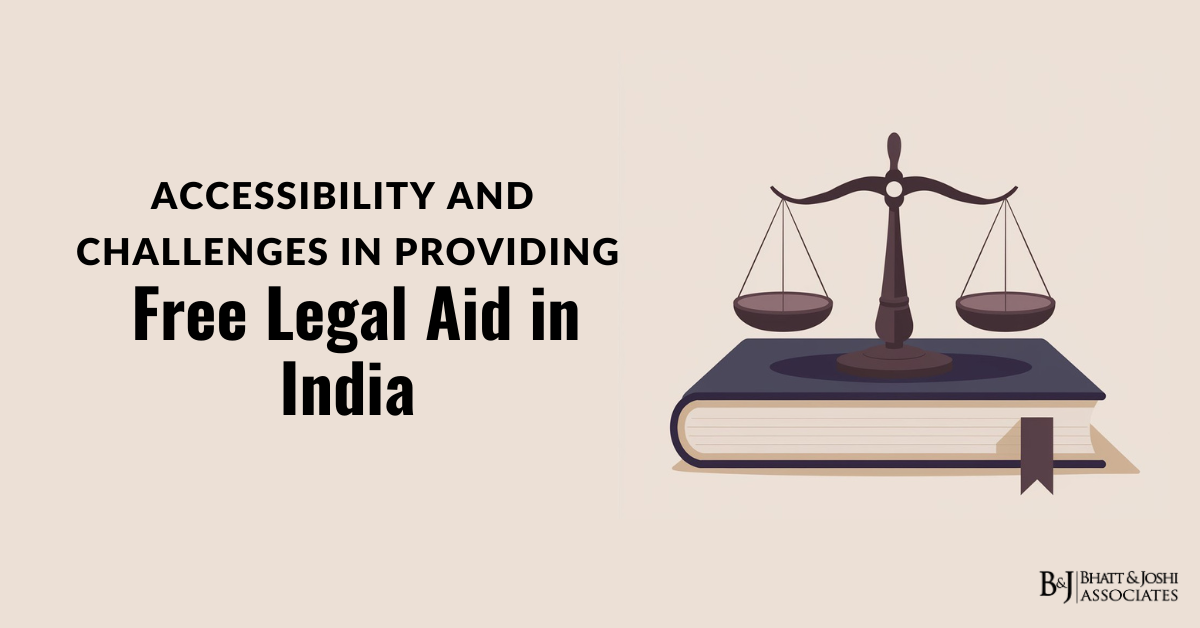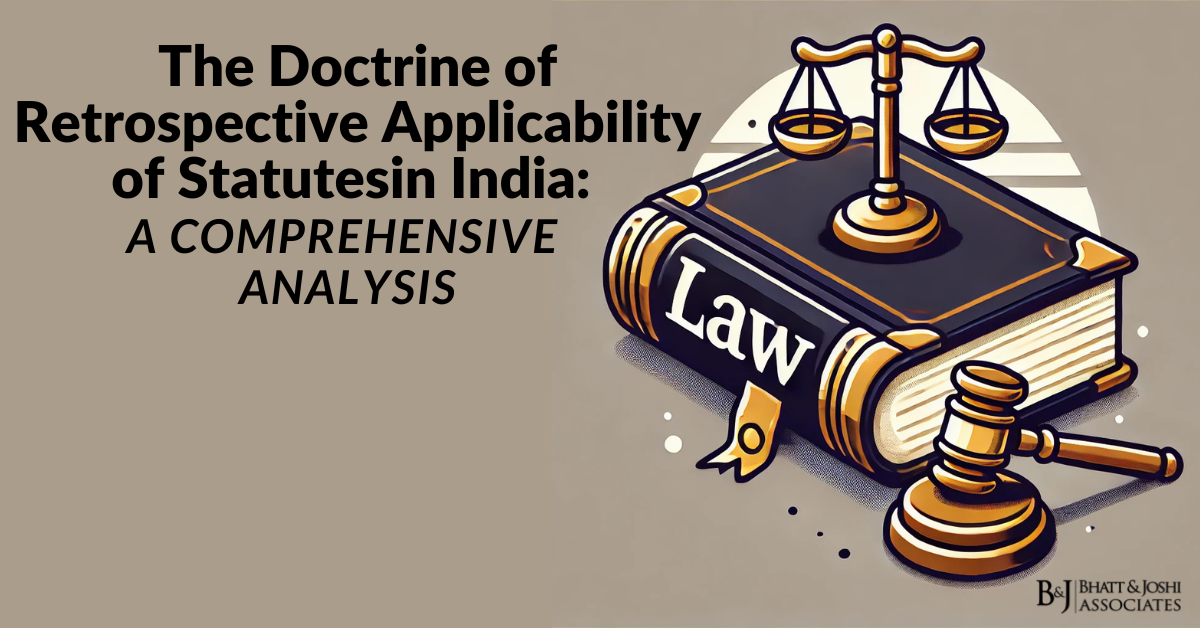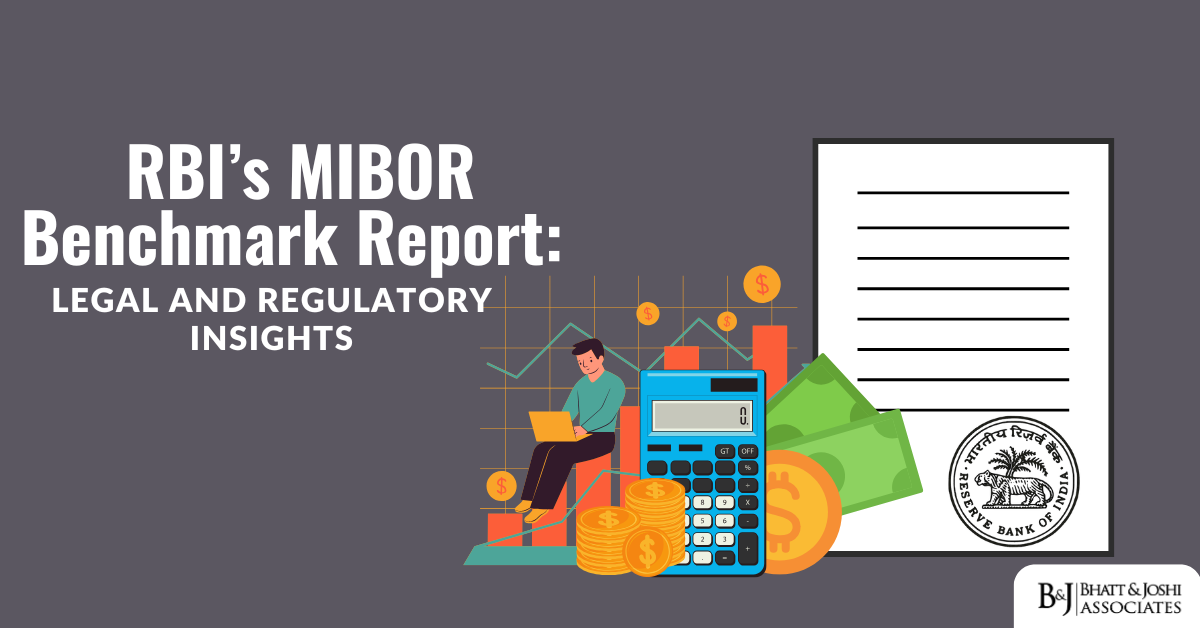Introduction
Legal aid denotes the foundation of an equitable judicial system which is thereby shown as ensuring that no citizen is held out of reach of justice due to economic or social limitations. In India, the concept of free legal aid is enshrined in the Constitution, various statutes and judicial precedents. Although the UK legislature is very much aware of the existence of frameworks in place to ensure free legal aid, there is a multitude of barriers to the effective delivery of free legal aid which include lack of awareness, systemic inefficiencies, as well as problems with assessments. This article explores the landscape of providing free legal aid in India, delves into its regulatory framework and looks at the barriers to its efficient delivery as well as proposes reforms to strengthen the foundations by which legal aid is delivered.
Legal and Constitutional Framework for Free Legal Aid
The providing free legal aid approach in India is natively practised because of the constitution. As per Article 39A, incorporated by the 42nd Amendment in 1976, the state is under an obligation to furnish free legal aid to ensure that no one is marginalized in obtaining justice because of a lack of financial resources or other constraints. This so-called directive principle aims at establishing the need for a just and equitable socio-legal order wherein every citizen regardless of their economic or social status is treated and served alike.
Apart from the Constitution, the Legal Services Authorities Act of 1987 is an important piece of legislation concerning legal aid. It provides a full structure of legal aid through the National Legal Services Authority (NALSA), State Legal Services Authorities (SLSA), and District Legal Services Authorities (DLSA). These organizations have the responsibility to organize legal aid camps, carry out campaigns for legal literacy and extend legal services to the underprivileged sections of society. The Act also provided for the categorization of some people, free of charge legal assistance such as Scheduled Castes, Scheduled Tribes, women, children, physically and mentally challenged persons and those exploited by prostitution.
Judicial Pronouncements and Precedents
The judiciary has played an important role in widening the range and use of free legal aid. free legal aid is an indispensable part of the right to free trial in Article 21 of the Constitution. This case underscored the unfortunate cases of undertrial prisoners who were stuffed into jails without being legally represented. The Court’s observations underscored the fundamental principle that the right of legal representation is a basic human right upon which the dignity of the people rests.
In Khatri v. State of Bihar (1981), the Supreme Court of India clarified the phrase ‘right to free legal aid’ as a fundamental right. The Court went on to say that such aid must be extended even before an individual is first produced before a magistrate. Observing how the absence of legal aid in the preliminary stages of judicial proceedings frequently resulted in grave injustices, the Court pointed out that these required intense remedies. In the same fashion, in Suk Das v. Union
Territory of Arunachal Pradesh (1986), the Court determined that the lack of the provision of legal aid is a breach of one’s fundamental rights. Through these decisions, the courts have robustly strengthened the obligation of the state to aid poor people with legal counsel.
Accessibility: The Ground Realities
The legal framework for free legal aid in India is well established, yet its accessibility remains a significant issue in India. Awareness of the availability of free legal aid in India is extremely low with a serious shortfall of understanding concerning the availability of legal services of free legal aid amongst the marginalized community such as Scheduled Caste and Scheduled Tribe and the economically deprived. Many individuals are unaware of their entitlements under the Legal Services Authority Act and the functioning of legal aid bodies such as NALSA and SLSA. The lack of awareness leads to compounded failure in reaching individuals to inform them of their rights under this legislation. Geographical limitations also present a barrier to access to justice. Rural areas often lack adequate infrastructure in terms of legal aid therefore leaving individuals without access to services that are available to those in urban areas. This increases the cost of access to justice significantly while at the same time discouraging those in financial difficulty significantly by increasing transport costs required to get to legal aid centres in these remote areas. Ultimately concentrating legal aid centres in urban areas perpetuates inequalities for those living in rural areas and excludes a large segment of the population from the benefits of free legal aid in these areas.
Challenges in Providing Free Legal Aid
Lack of Adequate Funding
The most pressing issue when it comes to giving free legal attention is funding. Financial deficits are the key reason why legal aid authorities struggle to pay for their services. A low funding budget restricts the hiring of legal aid attorneys, results in poorly designed training courses for those lawyers, and stops proactive outreach programs. Such budget deficit impacts the provision of high-quality services, as legal aid institutions also lack the modern equipment and infrastructure needed to improve service delivery.
Quality of Legal Aid
The quality of legal aid services varies greatly. Many lawyers who provide services lack the knowledge or motivation to handle cases effectively because they are underpaid by the service provider. This lack of confidence tends to further erode the trust of the beneficiaries of legal aid services and discourages them from hiring a lawyer to manage any legal forms. Furthermore, the lack of standardized training and performance evaluation programs significantly increases the variations in the quality of assistance available to beneficiaries.
Procedural Delays
Like many other branches of the Government, the Judicial system also has its own set of cases which are often grouped under ‘Heuristic Decision Making’ cases. Such cases largely depend on the time and resources available more than value, wealth, importance, and merit. Reasons such as reduced funding, lack of interest, and human resource shortage lead to systemic incompetency which in the long term cases legal aid to recipients to appeal to information which is never given in the expected time frame. This becomes even worse with the increasing number of recipients and inadequate number of legal aid practitioners. Recipients point to documented cases indicating that such inactivity can in severe situations make life unbearable for individuals unable to complete everyday functioning.
Social and Cultural Barriers
Social stigma and cultural barriers also hinder the effective utilization of free legal aid. Women, in particular, face additional challenges in accessing legal services due to societal norms and prejudices. Similarly, marginalized communities often encounter discrimination within the legal system, which discourages them from seeking legal redress. These barriers are further compounded by language differences, illiteracy, and the lack of sensitivity among legal professionals towards the unique needs of disadvantaged groups.
Monitoring and Accountability
The lack of robust monitoring mechanisms and accountability frameworks further impedes the effectiveness of free legal aid. Many legal aid schemes and programs suffer from poor implementation, with little oversight to ensure that resources are utilized effectively and that beneficiaries receive quality services. The absence of a comprehensive system to track the progress and outcomes of legal aid cases hampers efforts to evaluate the impact of legal aid initiatives and identify areas for improvement.
Recommendations and Reforms for Free Legal Aid
To rename these issues, some reforms need to be made. A good starting point is increasing the funds allocated to legal aid authorities. Such funding would allow for the associated hiring and training of skilled legal aid lawyers, the widening of outreach opportunities, and the enhancement of legal aid infrastructure, especially in rural regions. Some funding is also necessary for modern technology adoption and the development of virtual legal aid clinics to increase accessibility.
Equally important is the improvement of the quality of legal aid services provided. This can be accomplished by improving the training programs for legal aid lawyers – particularly by adopting a ‘pay for performance’ approach. Further, some seasoned lawyers on the legal aid panel ought to be tasked with guiding junior legal aid lawyers so that there can be better overall representation. There ought to be frequent workshops and continuing legal education sessions for legal practitioners so that legal aid lawyers can be brought up to date with new laws and judicial decisions.
The promotion of legal aid services is equally important for reform. The legal aid authorities should run media campaigns on both traditional and digital media. Partnering with grassroots organizations as well as community leaders can also help spread information effectively. Legal literacy and mobile aid camps should be conducted in hinterland areas to sensitize the population on their rights and the services available to them.
The use of technology can greatly enhance the accessibility of legal help. Information websites and mobile apps can be designed to inform users about their legal rights, refer them to legal aid lawyers, and accept legal cases. Virtual clinics for legal help may also be set up for beneficiaries in rural and remote areas where they do not need to physically travel to the clinic. Moreover, the incorporation of artificial intelligence applications in the said system could facilitate case handling and provide answers to frequently asked legal questions and issues.
International Perspectives and Lessons
Different countries have developed their aid systems e.g. legal aid in America, Canada and the United Kindom. Comparing them with India’s legal aid system can be insightful. For example, the United Kingdom has established the Legal Aid Agency which manages rigorously the provision of legal aid. Routine audits and performance assessments are integrated into the LAA’s operations to ensure accountability and quality service delivery. In the same vein, public defenders in America are assigned to represent clients who cannot afford an attorney and are paid to make sure that they advocate competently and effectively for these clients.
Adopting these systems in India can make providing free legal aid more effective and efficient. Additionally, establishing an independent standardization and oversight body for legal aid services can help address several existing challenges. Furthermore, incorporating lessons from other countries that have successfully integrated technology into their legal aid systems can improve both performance and service delivery.
Conclusion
Providing free legal aid is crucial to achieving the constitutional promise of justice for all citizens. India has seen several improvements made in establishing a legal aid framework (system) with progress being made, however, major work remains to be done to ensure that it is both accessible as well as successful. Addressing issues of lack of funding, inconsistency in quality, delays in procedures and social deterrents will require a very comprehensive approach which includes increased public investment along with policy reforms and technological innovations. The judiciary, legislature and civil society must work together if the legal aid system is to be improved to ensure that it achieves its intended purpose of empowering socially and economically marginalized groups and upholds the principles of justice and legal equality. For the judicial body to identify justice as a right which can be accessed by all rather than a privilege the legislature must provide actions to ensure that the aspirations of an inclusive and equitable justice system become a reality. As India continues along its path of development it must prioritize the expansion and enhancement of its legal aid framework so that justice enfranchises all people and a framework of justice which is inclusive and equitable can be achieved.














